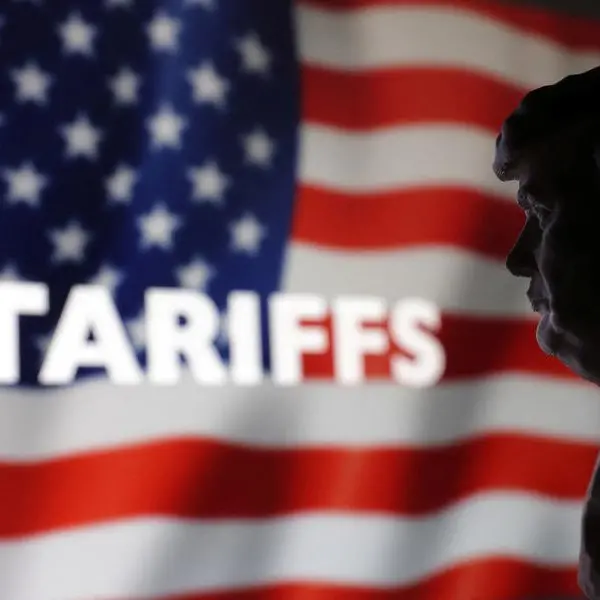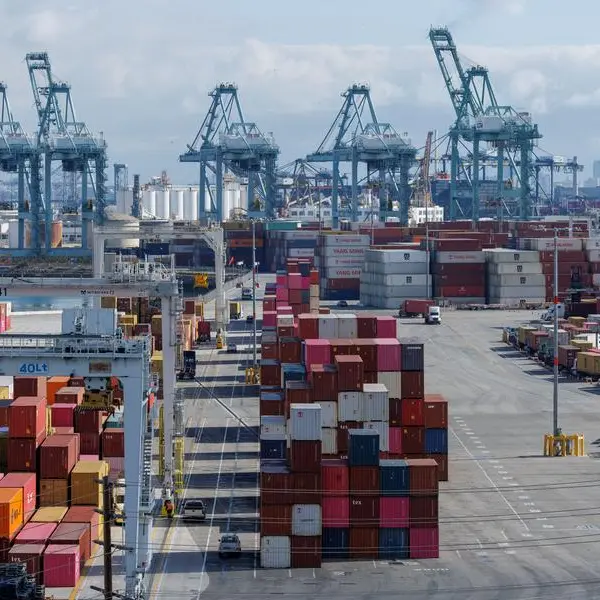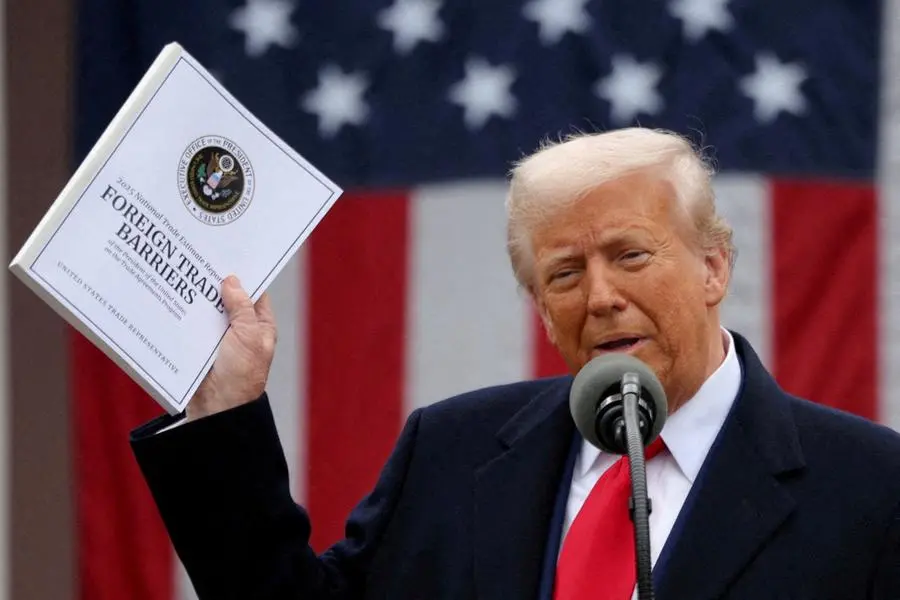PHOTO
FILE PHOTO: A New Zealand citizen completes a pre-election overseas voting form at a polling station in Sydney September 16, 2005. REUTERS/Tim Wimborne
New Zealand is on track to return to a coalition government next month, opinion polls suggest, as neither of the two main parties appears to command majority support.
Here are key aspects of the country's mixed-member proportional (MMP) system, which has made coalitions the norm since the system was introduced in 1996.
WHY MMP?
New Zealand switched from a British first-past-the-post system, in only the top finisher in each electoral district wins a seat, to MMP on the recommendation of a commission addressing concerns that smaller parties were being left out.
All governments under MMP have been coalitions of the centre-left Labour or centre-right National with the support of smaller parties - except the current Labour government, in power since 2020.
Originating in Germany, MMP has been adopted, sometimes with modifications, in countries such as Bolivia, Lesotho, South Korea and Thailand.
HOW IT WORKS
Opinion polls a month out from the Oct. 14 general election point to National and the right-wing ACT New Zealand getting enough seats to form a coalition, but MMP allows for surprises.
To form a government in New Zealand, a party or alliance needs 61 of the 120 seats in the single-house parliament, which equates to around 48% of the popular vote.
Every voter gets two votes on the ballot: one for a candidate in their geographical constituency and one for a party. The winner in each of the 72 constituencies gets a seat. The remaining 48 seats are doled out proportionally to the parties, which fill them from lists of their candidates.
A party must have a winning candidate in a constituency or at least 5% of the national vote to get a seat in parliament.
Seven of the geographical seats are reserved for representatives of New Zealand's Indigenous Maori people.
QUIRKS
Under MMP, the party that gets the most votes is not guaranteed of being in government, and a smaller number of lawmakers from minor parties can swing an election.
Since the system was introduced a quarter-century ago, the populist New Zealand First and Te Pati Maori have emerged as kingmakers when inconclusive results left Labour or National needing a smaller party to form a government.
National, for instance, won 56 seats in 2017 but failed to form a government, leaving Labour, with 46, to form a coalition with New Zealand First and the Green Party.
With the threshold for parties to enter parliament, there is room for tactical voting. For example, a voter who favours a larger party may instead vote for a smaller one that supports that larger party, if the smaller party seems in danger of being shut out of parliament.
(Reporting by Lucy Craymer; Editing by William Mallard)























